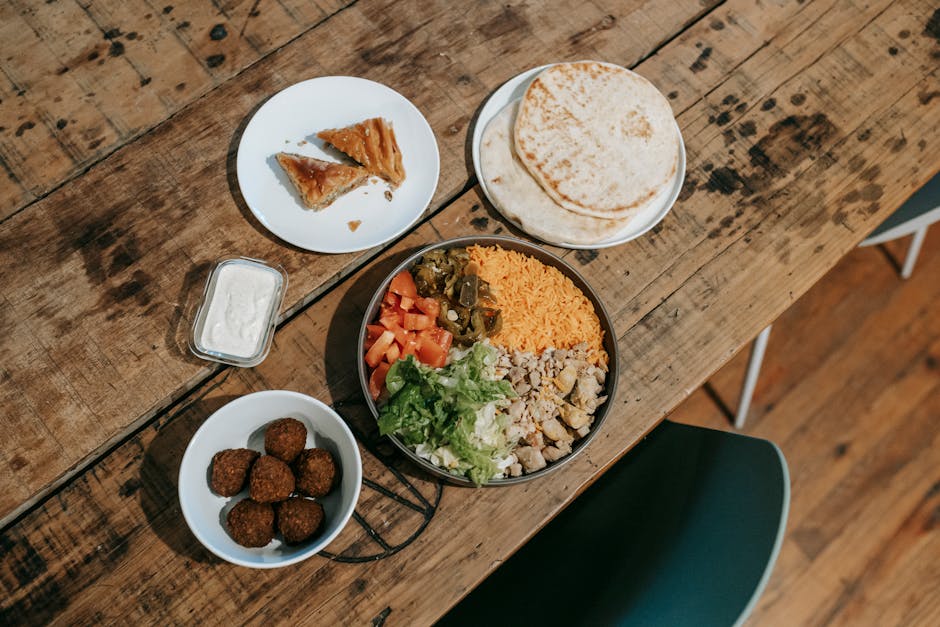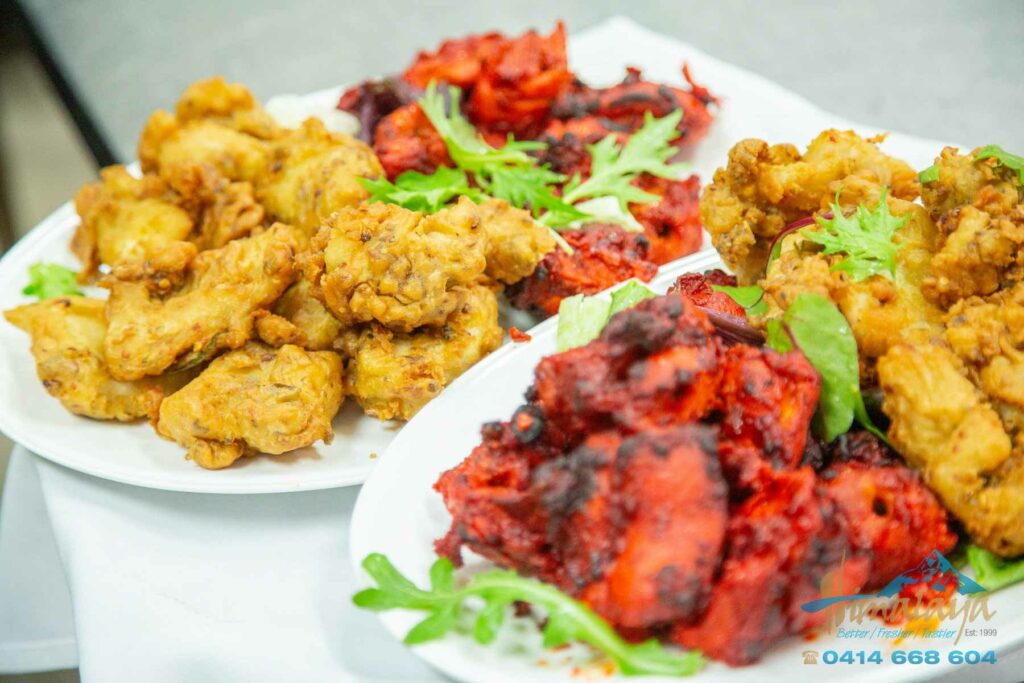Introduction to culinary traditions in Pakistan and India
In Pakistan and India, culinary traditions shape the flavors and ingredients you find in their dishes today. These traditions are passed down through generations, influencing the way food is prepared and enjoyed. Spices play a vital role in both Pakistani and Indian cuisines, adding depth and richness to the dishes. Regional diversity in both countries results in a wide variety of flavors and cooking techniques. Meat dishes are common in Pakistan, while vegetarian options are prominent in Indian cuisine. The use of basmati rice as a staple ingredient is prevalent in both cultures. These culinary traditions reflect the history, culture, and unique flavors of Pakistan and India.
Origins of Pakistani and Indian culinary traditions
Pakistani and Indian culinary traditions have deep roots in history. The fusion of various cultures, including Persian, Mughal, and British influences, has shaped the diverse flavors and techniques found in modern dishes. Spices like cumin, turmeric, and cardamom are key ingredients that bring out the vibrant flavors in both Pakistani and Indian cuisines. The use of dal, roti, and basmati rice reflects the staple foods that have been enjoyed for generations in these regions. Additionally, the rich heritage of vegetarian dishes in both cultures showcases the emphasis on incorporating fresh produce and legumes into daily meals.
Ingredients commonly used in Pakistani and Indian dishes
In Pakistani and Indian cooking, you’ll often find a variety of spices like cumin, coriander, turmeric, and garam masala. Herbs such as cilantro, mint, and curry leaves are also popular choices. Lentils and legumes like chickpeas, lentils, and kidney beans are commonly used for protein. Vegetables like potatoes, eggplant, and spinach feature prominently in many dishes. Basmati rice is a staple for many recipes, and yogurt is frequently used for its creamy texture and tangy flavor.
Impact of cultural diversity on culinary practices
Different culinary traditions bring new flavors and cooking techniques to modern Pakistani and Indian dishes. This cultural diversity plays a vital role in shaping the unique taste and presentation of these foods. Spices, cooking methods, and food pairings all reflect the rich tapestry of traditions that have influenced these cuisines.
Influences of history on modern Pakistani and Indian cuisine
Both Pakistani and Indian cuisine have been shaped by a long history of cultural exchanges. The dishes we enjoy today carry flavors and techniques influenced by centuries of trade, invasions, and migrations. Here are some key points to consider about how history has impacted the culinary traditions of modern Pakistani and Indian dishes:
- Spices from the spice trade route have deeply influenced the flavor profiles of both cuisines.
- The Mughal Empire introduced intricate cooking techniques and rich, creamy sauces that are still prominent in dishes like biryani and butter chicken.
- The British colonial period brought innovations like introducing tea and afternoon tea culture to the region, influencing the way beverages are enjoyed.
- The vegetarianism promoted by Indian religions like Hinduism and Jainism has led to a wide variety of vegetarian dishes becoming staples in the cuisine of both countries.
Understanding these historical influences can give us a deeper appreciation for the diverse and delicious dishes we savor today.
Popular Pakistani and Indian dishes shaped by tradition
In Pakistan and India, traditional dishes like biryani, tikka masala, and samosas have a deep connection to local customs and history. These dishes have evolved over generations, blending flavors and techniques to create the beloved meals we enjoy today. The use of aromatic spices, fresh herbs, and cooking methods passed down through families play a vital role in shaping these popular Pakistani and Indian dishes.
Regional variations in culinary traditions
In both Pakistani and Indian culinary traditions, regional differences play a significant role in shaping the flavors and ingredients used in dishes. Spices are a fundamental element in these cuisines, with each region having its unique blend of spices that give the dishes their distinct taste. Ingredients also vary depending on the region’s climate and agricultural produce, showcasing the diversity of flavors found in both Pakistani and Indian cuisines. Cooking techniques are another aspect influenced by regional traditions, with specific methods and tools favored in different parts of the countries.
Fusion of traditional and modern cooking techniques
Incorporating traditional cooking methods with modern twists has resulted in a new trend in Pakistani and Indian dishes. The fusion creates innovative flavors while maintaining the essence of traditional recipes. The balance between old and new techniques brings a unique dining experience, appealing to a wide range of tastes.
Importance of spices in Pakistani and Indian cuisines
Spices play a crucial role in Pakistani and Indian cuisines, adding flavors that make dishes unique and vibrant. In these culinary traditions, spices are not just used for taste but also for their medicinal properties. The balance of spices in a dish can create a harmony of flavors that excite the palate and make the meal memorable. The art of combining spices is a time-honored practice that has been passed down through generations, shaping the distinct taste profiles of Pakistani and Indian dishes.
Conclusion: Preserving and evolving culinary traditions in Pakistan and India
Preserving and evolving culinary traditions in Pakistan and India is crucial for maintaining cultural identity and embracing new culinary trends. Incorporating traditional techniques with modern influences creates a diverse and dynamic food culture. By honoring the past while embracing innovation, Pakistani and Indian cuisines continue to captivate taste buds around the world.




